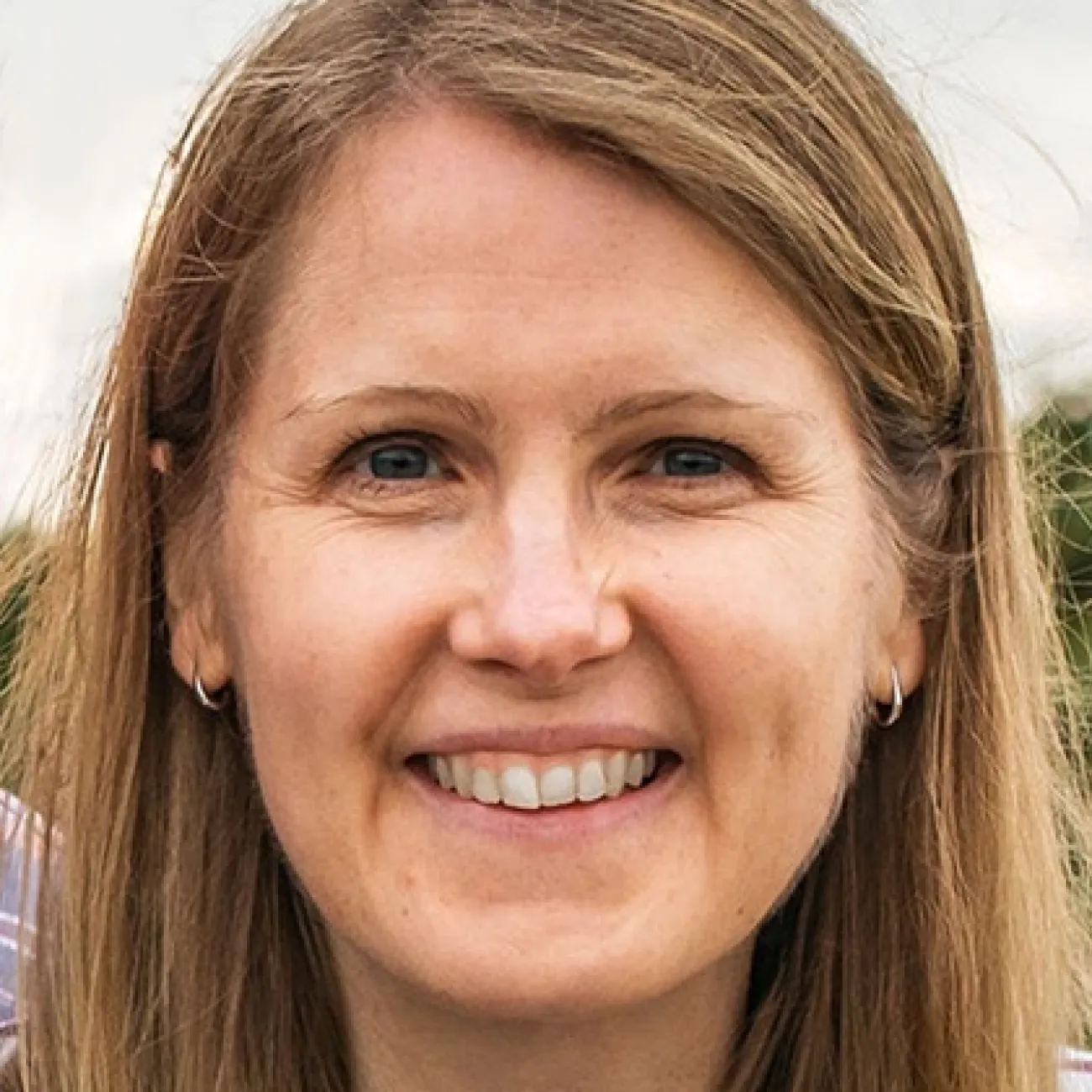About
Dr Sarah Crozier is an Associate Professor of Statistical Epidemiology at the MRC Lifecourse Epidemiology Centre within the Faculty of Medicine at the University of Southampton.
Sarah graduated from the University of Warwick with a degree in Mathematics, and then completed an MSc in Statistics with Applications in Medicine at the University of Southampton. Sarah was awarded her PhD under the supervision of Professor Hazel Inskip, whilst working at the MRC Lifecourse Epidemiology Unit. Her PhD focussed on the multivariate analysis of dietary data and included the derivation of ‘prudent’ diet scores which characterise important aspects of women’s, infants’ and children’s diets.
The study of the adaptations of a fetus to stimuli in the early environment that permanently shape the body’s structure, function and metabolism, is a field known as Developmental Origins of Health and Disease (DOHaD). Within this field, Sarah’s research interests focus around the influence of maternal health and health behaviours before and during pregnancy on the development of the offspring through her work on the Southampton Women’s Survey. Her research has particularly focused on women’s health behaviours, dietary patterns analysis, childhood adiposity and growth modelling methods.
Improving population health and reducing health inequalities through food and nutrition-based initiatives is an important corollary of DOHaD findings. Sarah is involved in research to examine the psychological and socio-economic pathways between the food environment and diets of women and children through her work on the WRAPPED study.
You can update this in Pure (opens in a new tab). Select ‘Edit profile’. Under the heading and then ‘Curriculum and research description’, select ‘Add profile information’. In the dropdown menu, select - ‘About’.
Write about yourself in the third person. Aim for 100 to 150 words covering the main points about who you are and what you currently do. Clear, simple language is best. You can include specialist or technical terms.
You’ll be able to add details about your research, publications, career and academic history to other sections of your staff profile.
